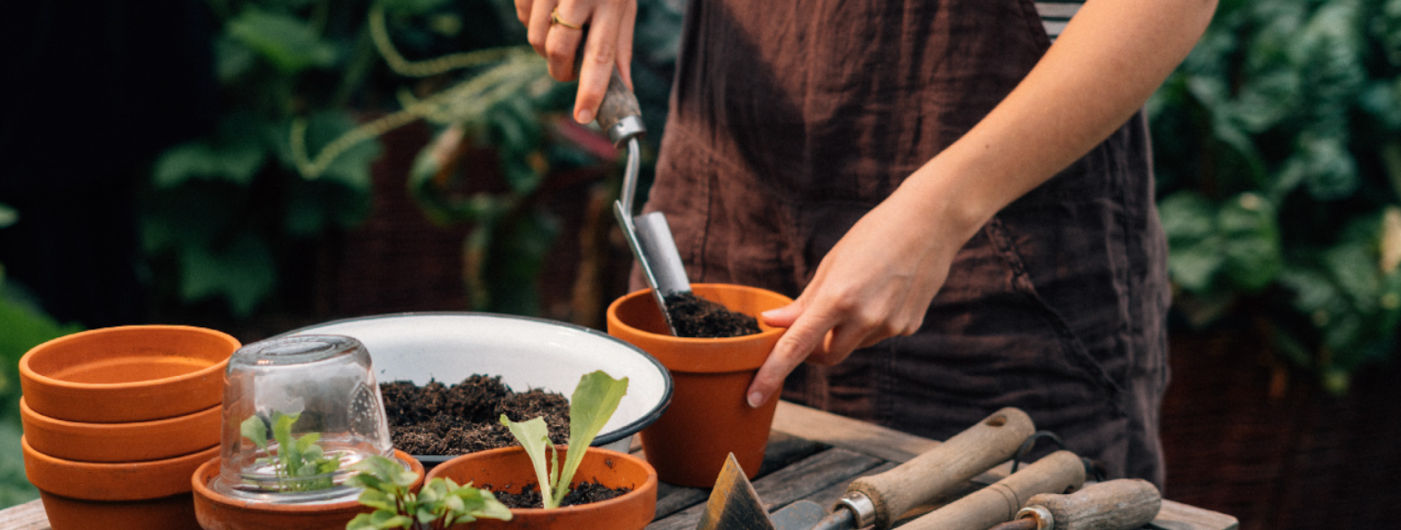Climbing Plant Seeds
Climbing plants are a wonderful idea of nature. In most cases, they are uncomplicated plant species that grow very quickly and really impress with their size and their luscious growth.
The vertical growth in height can be either a beautiful design element in the garden or on the facades or offer you entirely new opportunities when you have very little space for plants. Climbing plants usually have very special features: Lush flowers like the nasturtiums or morning glory, the interesting autumn coloring of the leaves, like the wild vine, or even a rich harvest: hops, wine, or ornamental gourds are perfect vertical crops.
Some climbers are very strong in growth, especially ivy, Boston ivy, and Chinese wisteria - these have to be curbed by cutting them regularly so that facades, parts of the building like the gutter, and the masonry aren't damaged. Robust espaliers that keep the plants under control also help. Otherwise, you better take unproblematic climbers like clematis or roses. Fast-growing annual plants can also green walls fast and also bloom very pretty. Examples are the morning glory or Mexican ivy.
With a trellis, like, for example, a pyramid, weaker growing climbers like the annual black-eyed Susan can also stand as a solitaire or in a pot. It's also appealing when bald, dead trees are overrun with climbing plants. Ivy, which climbs and offers a little bit of green in winter, could also be planted on deciduous shrubs that look quite bald in winter. However, ivy grown from seeds grows quite slowly.
Climbing plants: Wall greening and habitat for animals
Climbers are very versatilely usable. Therefore, every bold wall can be beautified by them. Particularly older buildings look very romantic and comfortable when their walls are thickly vegetated, especially when the plant cover looks slightly escaped. Furthermore, such a green wall also offers a habitat for insects, of course, and, therefore, also for birds. This can, however, also be a disadvantage as not many people are enthusiastic about spiders in their apartment. Here, a fly screen can produce relief.Especially in small gardens, on balconies, or in backyards, climbers, with their minimal space requirement, can create green oases. Often, climbing plants are also used as decorative sight protection. Here, the choice is quite limited when you’re wishing for evergreen plants. With our climate conditions, only ivy would work. Ivy is the perfect choice when you’ve only got limited space and have to do without opaque hedges.
Beware of damages on the façade and the roof
Certain climbers can cause big damages to the walls and even on the roof! Especially self-climbers with aerial rootlets, for example, ivy and Boston ivy. The small aerial rootlets are often connected to the rendering that strong that it’s hard to get them off again. Often, the rendering falls off when trying. Chinese wisteria and other strong climbers like knotweed get strong stems over time with which they can strangle gutters.If the walls have cladding, they are also endangered as they are no hindrance for the above-mentioned climbing plants. The sprouts often continue growing behind it and even split off single parts of it. This can also easily happen to roof tiles, whereby the roof, unfortunately, gets leak.
However, if you have an insensitive wall or if you let the self-climbers age with the wall, there are fewer problems and you can also let strongly growing climbers sprout unmolested.





















